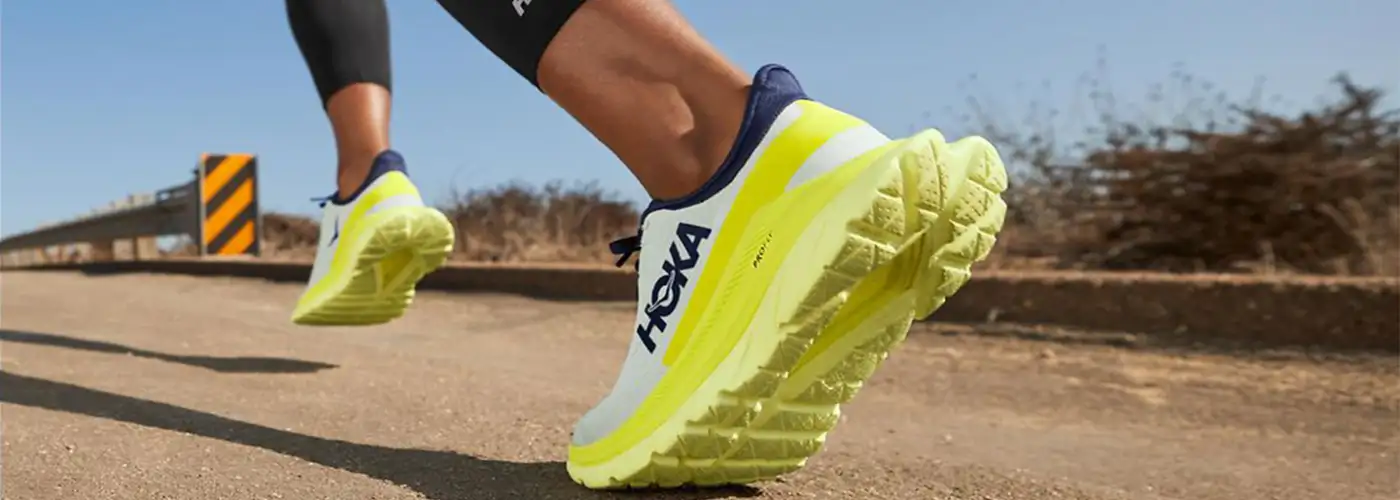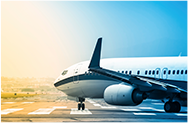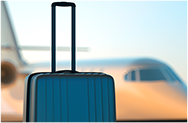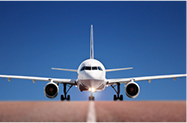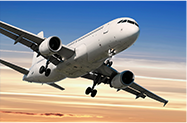We asked experts—a spokesperson for the American Podiatric Medical Association (APMA) as well as the former team physician for the Chicago Bulls, White Sox, and Joffrey Ballet—about shoes that are good for your feet. Here’s what shoes they recommend you pack on your next walking-intensive trip.
What to Look for in a Healthy Travel Shoe
“Healthy travel shoes should have arch support, a thicker sole, and shock absorption. A breathable fabric is a bonus. Sneakers should be your go-to when traveling. A casual sneaker should do the trick without weighing down your bags,” says APMA Podiatrist and spokesperson Dr. Priya Parthasarathy.
“If you have to do open-toed, avoid flip-flops and do a more supportive sandal. Something thicker, with arch support and a depression in the heel. My favorite sandals for travel are Birkenstocks.”
Dr. Priya Parthasarathy tells travelers to look for the following when shoe shopping:
- The shoe should not be able to fold completely in half.
- You should have some flexibility in the toes but you should not be able to have the front of the shoe touch the back of the shoe.
- It should also have a firm heel cup and should not collapse when you squeeze it.
- A bonus is a removable arch support which will allow you to slide your orthotics or additional arch support in if needed.
Dr. Kamran S. Hamid, an orthopedic foot and ankle surgeon for Loyola University Medical Center and former team physician for the Chicago Bulls, White Sox, and Joffrey Ballet also weighed in.
“In general, the best shoes for traveling are those that have adequate support and are comfortable,” says Dr. Hamid, going on to add that Hoka shoes are “tremendously light while still providing great support and cushioning. Additionally, they have a slight curvature in the front and back of the shoe which takes some stress off of the middle of the foot for long periods of walking. These are great shoes for long-distance runners that we have repurposed for patients with foot/ankle arthritis or pain.”
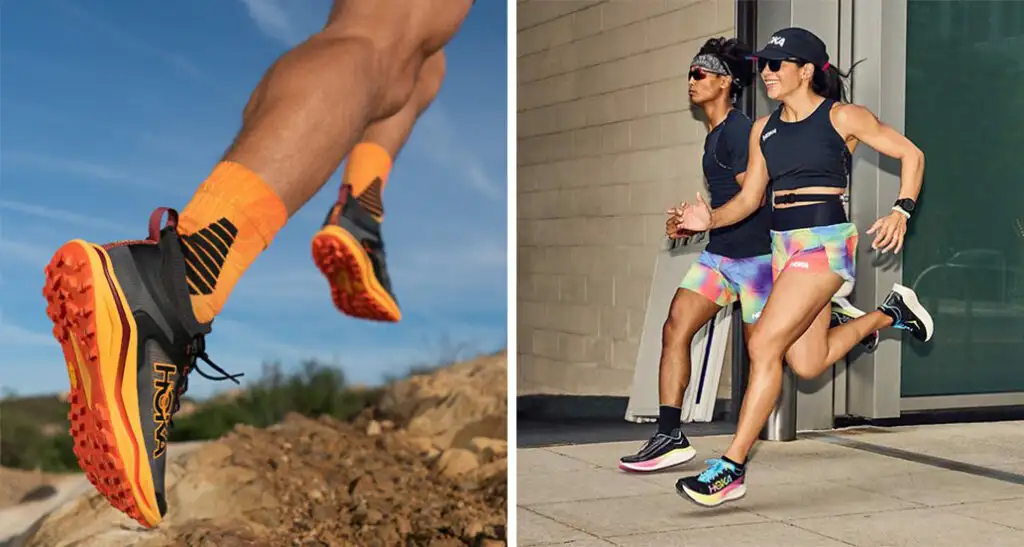
Podiatrist-Approved Footwear
If you’re looking for a podiatrist-approved shoe, these three shoes check all the boxes:
New Balance Fresh Foam X More v4
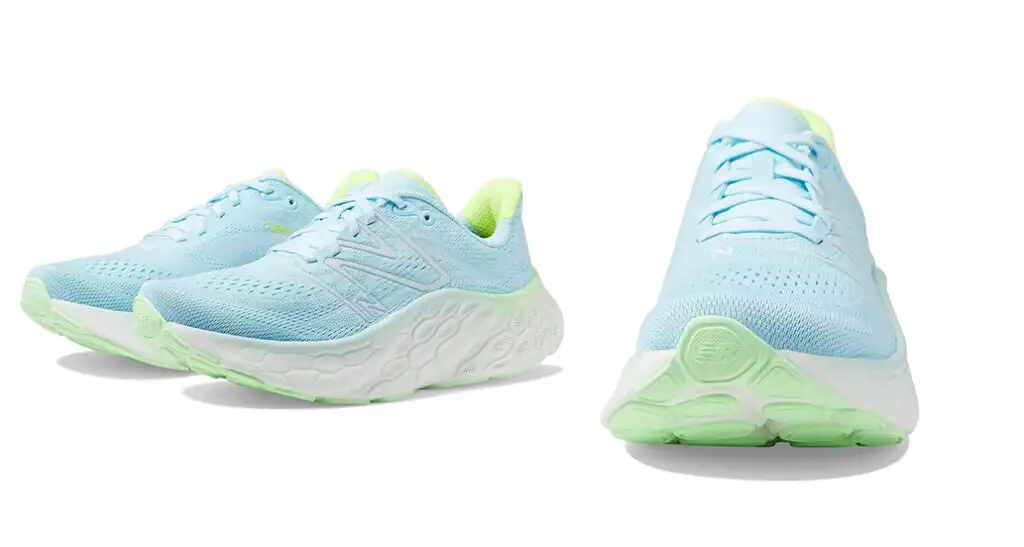
The New Balance Fresh Foam X More v4 is flexible and lightweight, with cushioning that supports the foot and a breathable mesh upper. With an outsole designed to cushion and move with your feet and a removable insole, this shoe is durable and can adjust to the wearer’s needs.
Dansko Honor Sneaker
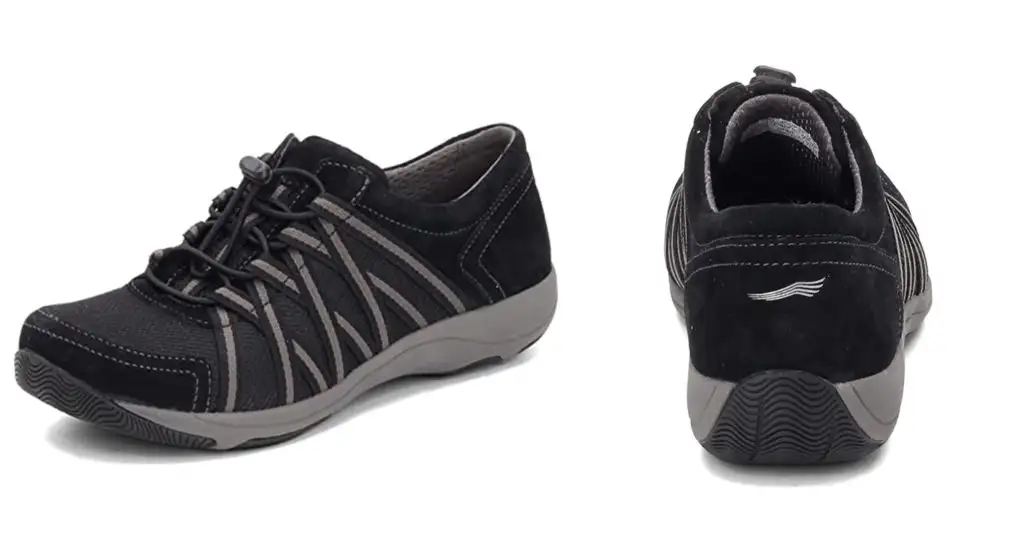
As a winner of the APMA Seal of Acceptance for footwear that promotes good foot health, the Dansko Honor Sneaker is an excellent choice for anyone looking to up their wellness game. Its memory foam footbed, built-in arch support, and rubber outsole are packaged in a stylish minimalist design that will go with any outfit.
Birkenstock Gizeh

For travelers that prefer open-toed footwear, try the Birkenstock Gizeh. These sandals come in both narrow and regular options, with an adjustable bucket to further personalize the fit. With a design manufactured to support the natural contours and motion of your feet and a 100% sustainable cork footbed, these shoes are good for your body and the environment.
Looking for a few more options? Shop our roundup of ultra-comfortable travel shoes here.
Caroline Morse Teel tries to wear shoes that are good for her feet. Follow her on Instagram @TravelWithCaroline for style and travel photos from around the world. Carol McPherson contributed to this story.
Editor’s Note: Some of the links featured in this story are affiliate links, and SmarterTravel may collect a commission (at no cost to you) if you shop through them. This story was originally published in 2019. It has been updated to reflect the most current information.
You Might Also Like:
• The 2024 Summer Travel Essentials Guide• 5 Ways You’re Sabotaging Your Sleep While Traveling
• The Best Shoes to Wear Through Airport Security
• 30 Ultra-Packable Travel Dresses for Summer
• The Best Machine Washable Silk Clothes for Travel
We hand-pick everything we recommend and select items through testing and reviews. Some products are sent to us free of charge with no incentive to offer a favorable review. We offer our unbiased opinions and do not accept compensation to review products. All items are in stock and prices are accurate at the time of publication. If you buy something through our links, we may earn a commission.
Related
Top Fares From
Today's Top Travel Deals
Brought to you by ShermansTravel
France: 8-Night Paris, Avignon & Nice...
Infinity Worldwide Vacations
 vacation
$2880+
vacation
$2880+
Poconos: 3 Nts in Garden of...
ResortsAndLodges.com
 hotel
$305+
hotel
$305+
7-Nt Canada & New England Cruise,...
Princess Cruises
 cruise
$839+
cruise
$839+
